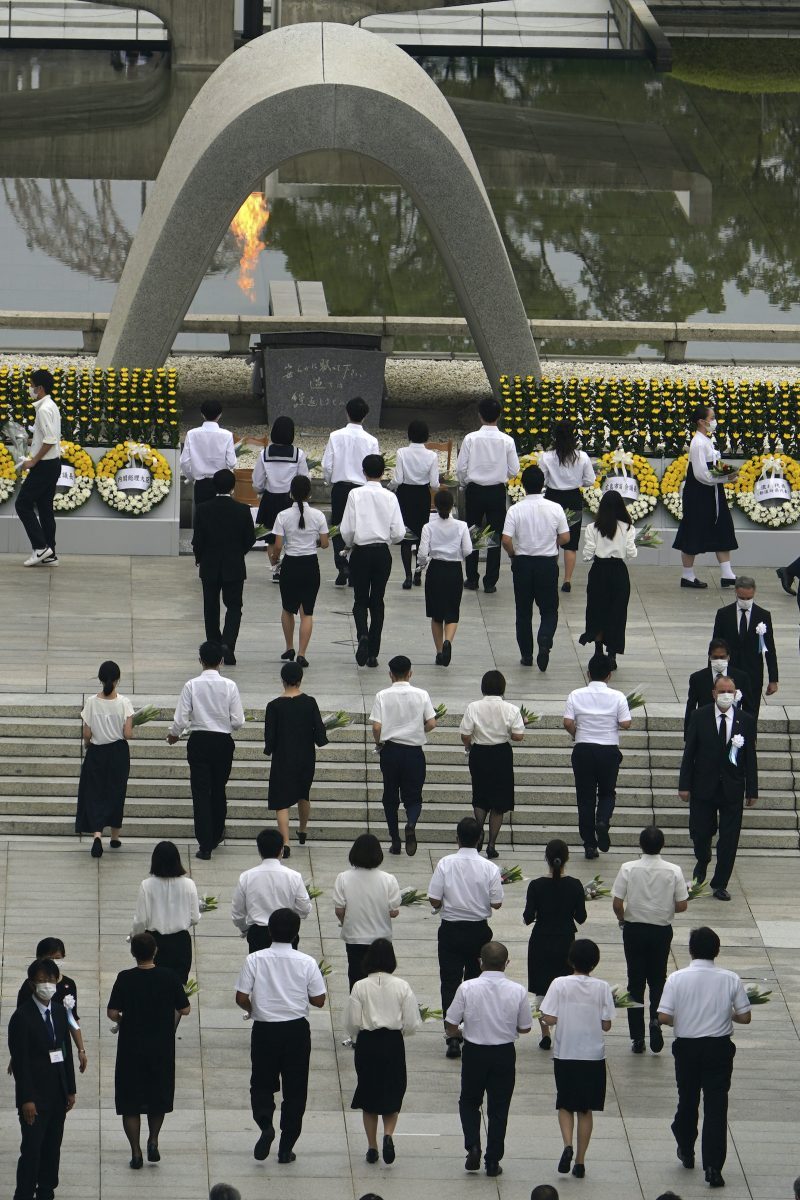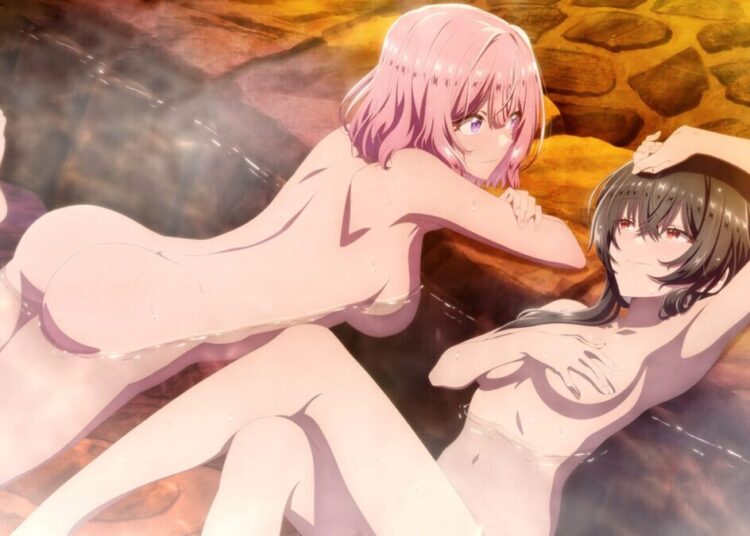COVID-19 has taken so many things from us, it’s difficult to count them all. In addition to the tragic number of people around the world who have lost their lives — a staggering 700,000, according to a quick Google search — we’ve all suffered in many ways, from stress over the shutdown of the economy to dashed dreams of seeing our nation’s athletes compete in the Tokyo 2020 Olympics. Fans of anime have had to suffer the first-ever cancellation of our beloved Anime Expo and San Diego Comic-Con events, for the first time in the combined 78-year history of these events. The virus has even stolen history itself, as the constant stream of news about infection rates and the need for social distancing has crowded out the 75th anniversaries of every important moment in WWII, making it hard for us to reflect on important events like the Battle of Iwo Jima (February 23) or the surrender of Germany (May 8) properly. Today is the 75th anniversary of the atomic bombing of Hiroshima, so I thought I’d write about how Japan is marking this solemn event as an American living in Japan.
Marking the 75th Anniversary of Hiroshima
At 8:09 A.M. on August 6th, Japan time, the B-29 Superfortress Enola Gay appeared in the sky and began its bombing run over Hiroshima, a medium-sized Japanese industrial city in Western Japan. Only three members of the crew knew the nature of the weapon the aircraft carried: the first uranium-based atomic weapon which would be dropped on a human population.
The destruction surpassed the expectations of the builders of the bomb, killing as many as 140,000 people and destroying 70% of the buildings in the city, including the 350-year-old Hiroshima Castle. An estimated 20,000 Japanese soldiers were killed, along with a huge number of civilians, including 12 American prisoners of war who were being held in the city.
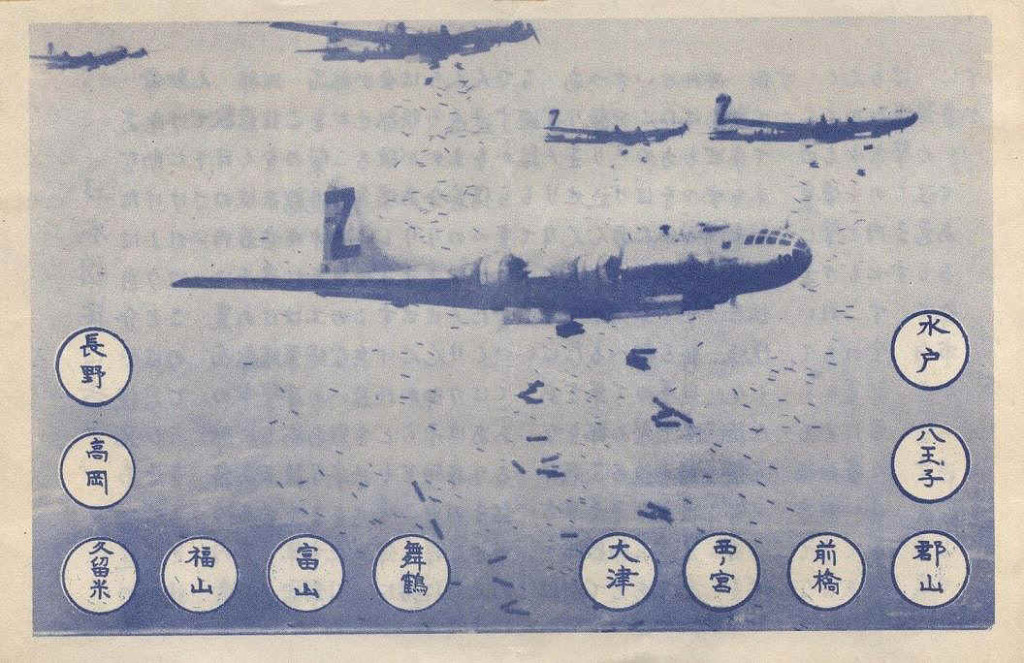
My Fascination with the Events of WWII
I remember when Enola Gay pilot Paul Tibbets died back in 2007. It was reported on the Japanese news, which I was watching on TV in a waiting room during a medical check-up surrounded by Japanese people. It was one of those moments when being the only American in the room can feel a bit awkward.
During my four years of Japanese study at SDSU, I worked in the university library in the microfiche department, re-filing the microscopic sheets of photographed news articles from the past after visitors in the library had used them for research purposes. Since working in a university library involved lots of free time, I developed the hobby of pulling old news articles from during WWII, including issues of The Japan Times, the only English news source from inside Japan. While unreliable source at times (it being under the thumb of the imperial government), it was an interesting way to explore the history of the country I would soon be traveling to from a unique direction.
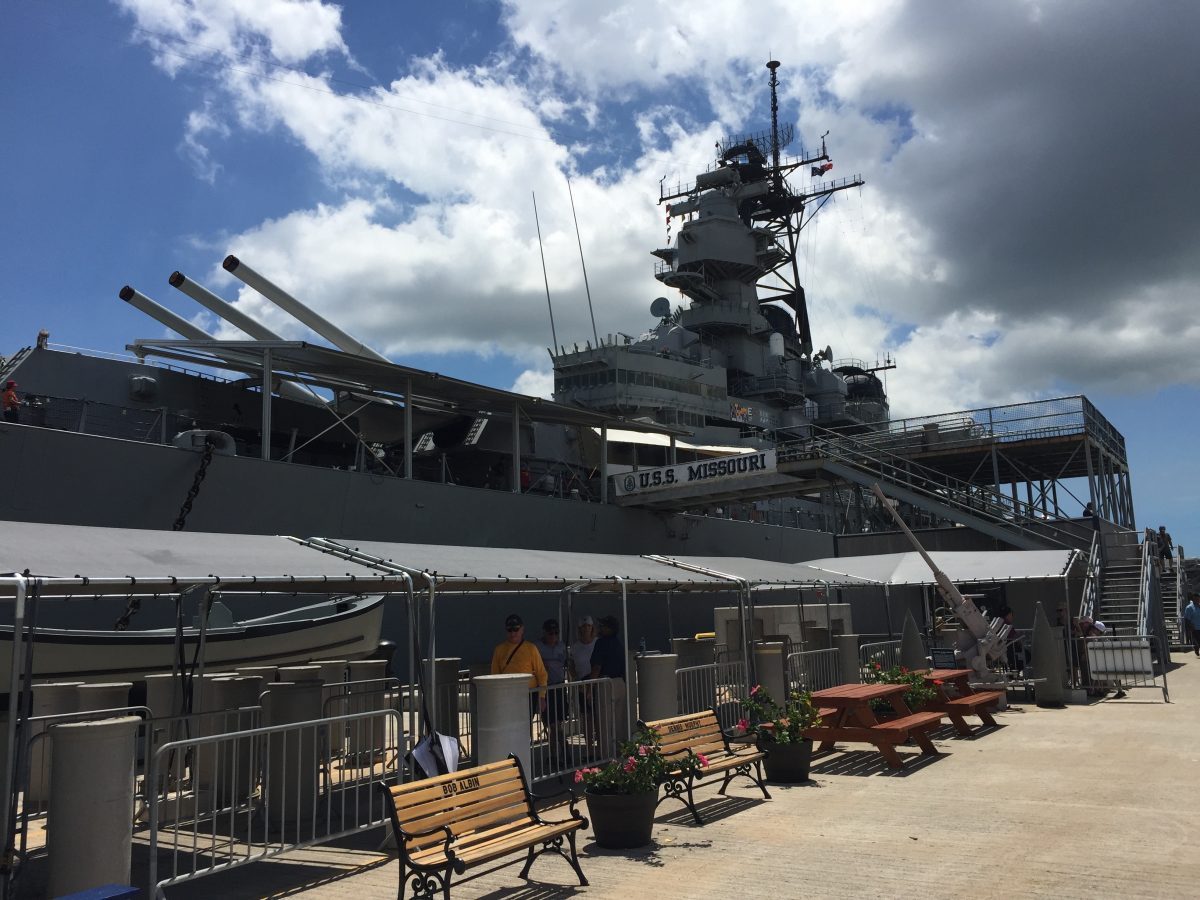
Being the father of two haafu children who were part of the USA and Japan, I’ve always gone out of my way to bring them to the places that defined the relationship of their two home countries, including Hiroshima, Pearl Harbor, Arlington National Cemetary and the U.S.S. Intrepid, an aircraft carrier in New York that survived a kamikaze attack during the war. When we visited the outstanding Hiroshima Peace Memorial Museum, which documents the events of the “A-bomb” — it’s not a word most of us use today, but it’s been oddly frozen in time in the names of memorials in Hiroshima — my then-8-year-old son was curious to ask why America and Japan suddenly went to war, and what events had happened before the fighting started. I did my best to outline the history before the War in the Pacific started, including how the U.S. had been enforcing an oil embargo against Japan for its invasion of Manchuria, causing Japan to plan its attack on Pearl Harbor.
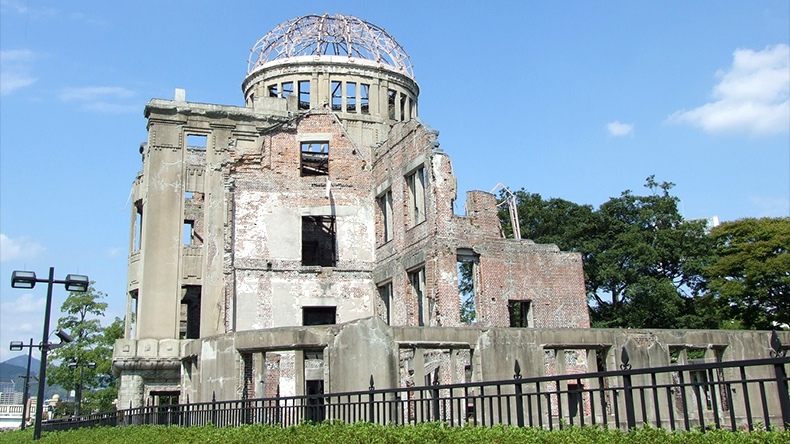
How Japan Dealt With the Hiroshima Bombing
Before getting married and starting J-List, one of my hobbies was to buy “Seishun 18” train tickets, which let you travel as far as you want on the slow local trains for around $21 per day. I used these tickets to explore the Kansai area, and eventually found my way to Hiroshima. Rather than stay in a normal hotel or ryokan inn, I decided to find a Western-style youth hostel, which is always a good idea because of the interesting people you can meet there.
While in the city, I met an older Japanese woman who was kind enough to show me around. The hostel was located on the outskirts of the city, and once the lady gestured up a hill and told me, “There’s a government hospital for hibakusha up there, but it’s something no one talks about.” This was a word I’d never encountered, and she explained that it means victims of the atomic bombing who had to deal with the aftermath of radiation burns and cancers caused by the bombing. This care was provided by the government for free, but at facilities built in out-of-the-way places because of the terrible social stigma victims of the Hiroshima bombing had to endure in the decades after the bombing.
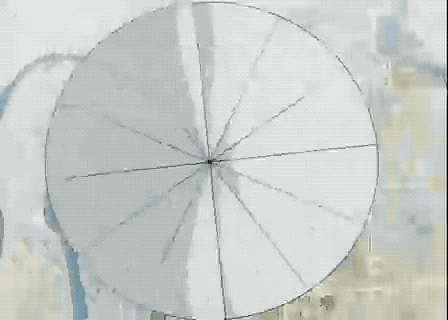
One way Japan was able to get past the difficult feelings of the atomic bombing was through manga and anime, such as the outstanding work Hadashi no Gen (Barefoot Gen) by manga-ka Keiji Nakazawa, who survived the Hiroshima bombing as a boy and grew up to create stories based on his experiences. The related tragedy of the incendiary bombings of other Japanese cities, such as the Great Tokyo Air Raid in March of 1945, was captured in outstanding Studio Ghibli film Grave of the Fireflies.
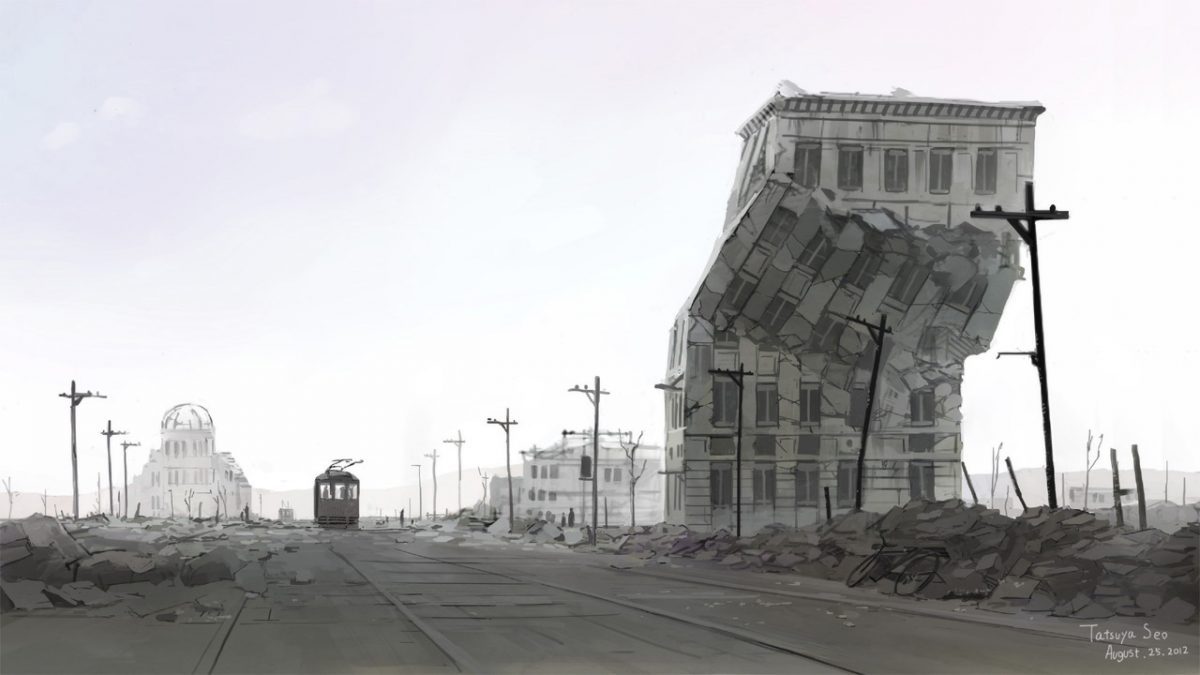
While a terrible event in the history of mankind, the two atomic bombings at least had the desired effect of forcing the Imperial Japanese government to finally surrender on August 15th. This made the planned invasion of Japan, which would have extended the war by several years and cost millions of lives, unnecessary. By chance, the final city that was bombed by the Allies was J-List’s home city of Isesaki, when the Fuji Heavy Industries factory about 2 km from J-List was targeted. My father-in-law told me how he heard the B-29s approaching and hid from them in a bamboo patch.
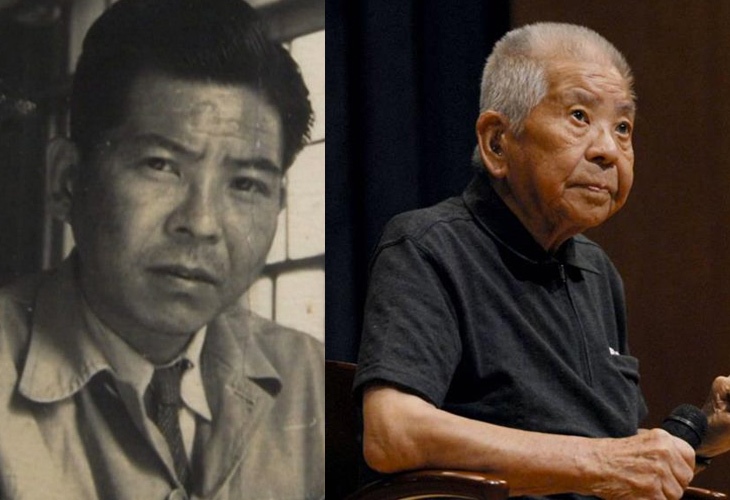
The Man Who Survived Both Atomic Bombings
A decade ago, the story of an amazing man named Tsutomu Yamaguchi who had been recognized by the Japanese government as an official dual-survivor of both atomic bombings came to light. After the flash and destruction of Hiroshima, he got on a train to return to his home city of Nagasaki, where he was just in time for the atomic bombing of that city on August 9th. British presenter Stephen Fry got in hot water in 2011 by making light of the fact that Japanese cities are so efficient, the trains were running even after an atomic bombing, something that presumably wouldn’t have been the case in wartime London.
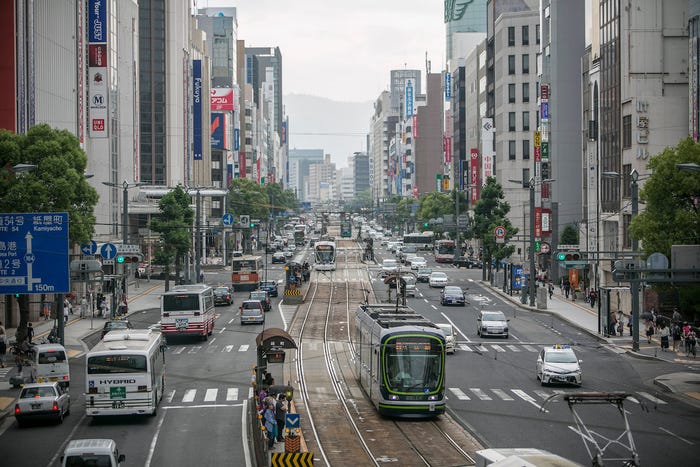
Today Hiroshima is a bustling city of 1.1 million people, with modern buildings and factories, which still manages to preserve its charm, for example with its old-timey streetcar system still in operation. If you drive a Mazda, it was probably built in the company’s Hiroshima factory.
Thanks for reading this article on marking the 75th anniversary of Hiroshima in the age of Corona. If you have any questions about Hiroshima or related topics, post them below or ask us on Twitter!
If you love cute anime figures, you’ve come to the right place, because we’ve got lots of new figures to show you! And you get 10% off automatically when you preorder! Browse them all here.


